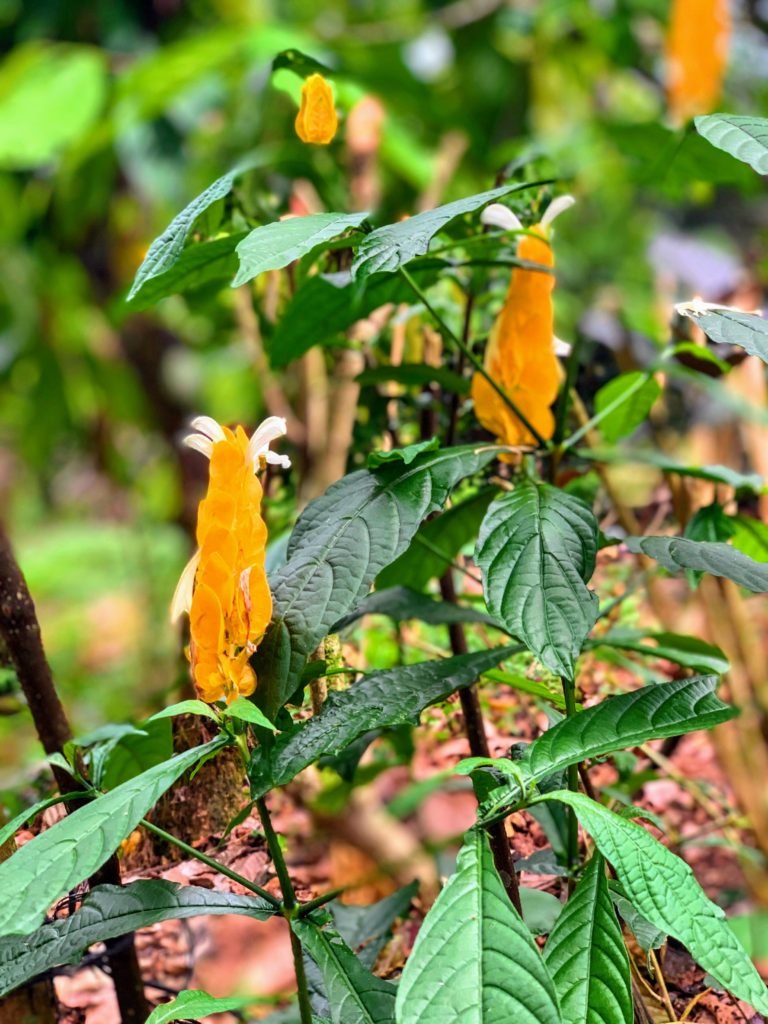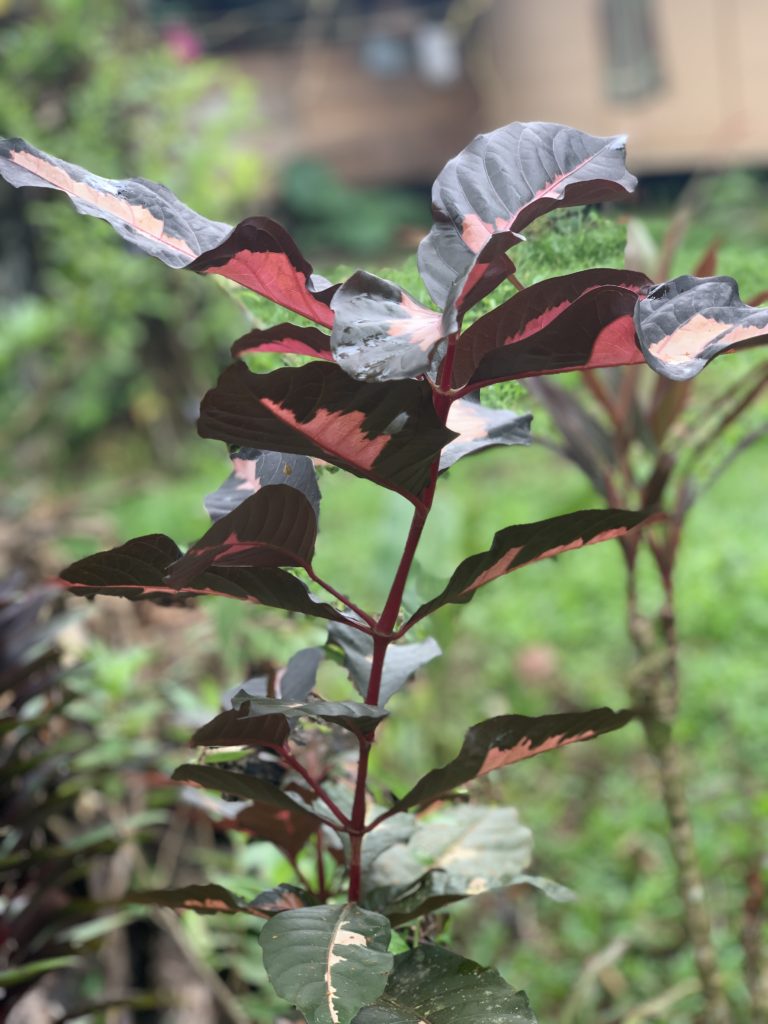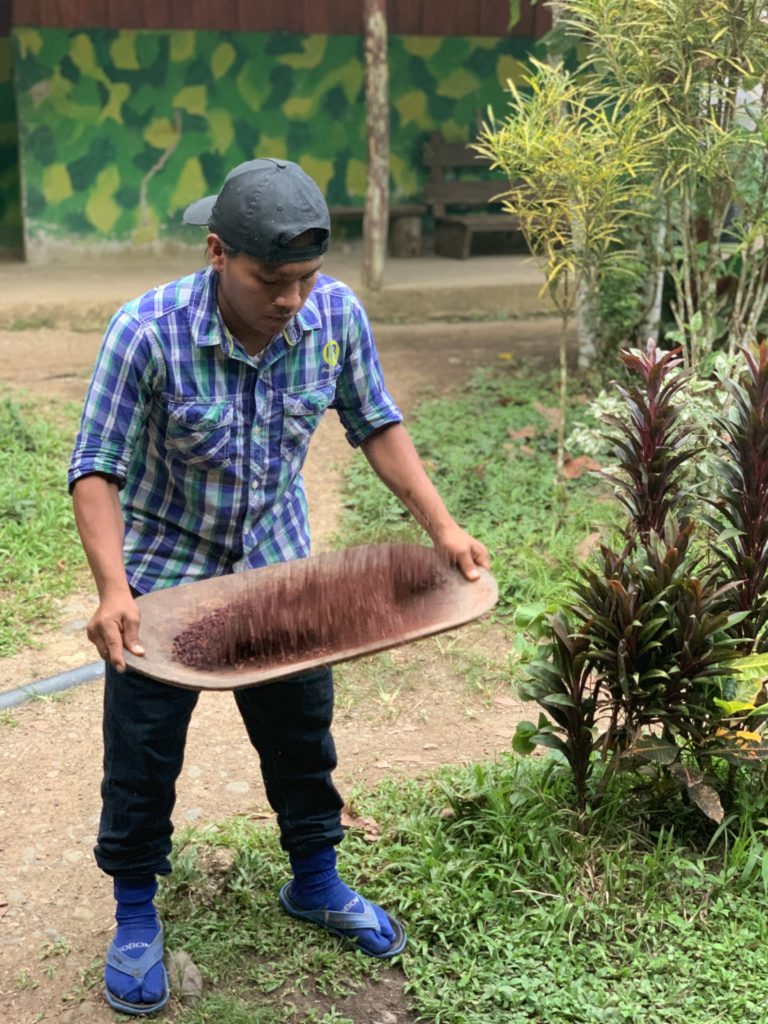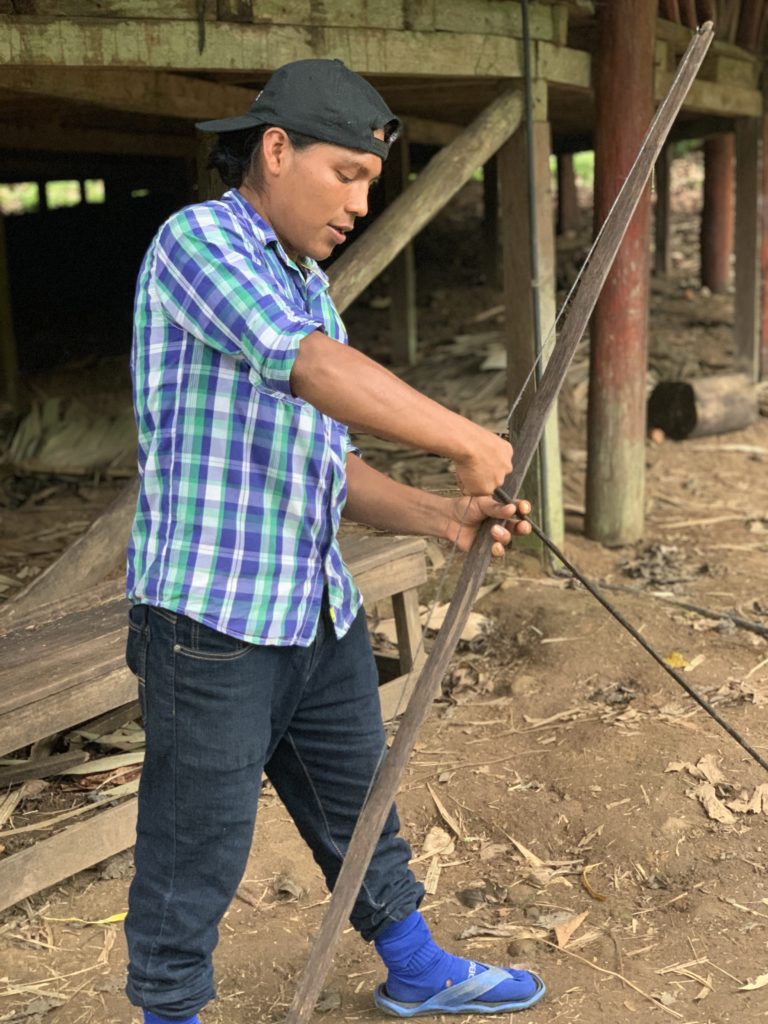Visiting the Indigenous Bribri community in Costa Rica
After 2 trips to Costa Rica, I have to admit that it’s not my favorite destination. Both times, I found it incredibly difficult to find any authentic experiences. The food and activities all seemed to be geared towards tourists, no matter where I went. Luckily, during my last trip I worked with Lokal Travel to spend 2 days with the indigenous Bribri community in Yorkín, Costa Rica.
Pro travel tip: read your itinerary
I’ve been traveling regularly for well over a decade and let me tell you, I still suck at taking my own advice. I’d like to invite you all to join me for the tale of the time I ventured into a remote rain forest with no electricity without actually knowing where the hell I was going, what I’d be doing, or even how I’d be arriving.
I am not outdoorsy
I cannot say this enough, and yet, I am constantly getting myself into situations where I am forced to attempt outdoorsy things while being wildly unprepared. At least I was accompanied by my good friend, Ayngelina. We have unwillingly made showing up to travel situations insanely unprepared our personal tradition. We are the queens of hiking in flip flops, going into dangerous areas we told our readers to avoid, and other such nonsense. It’s like our own game called “How many times can I hike in flip flops before I die?”

We started our journey to the Bribri community on a 1.5 hour ride in a dugout canoe. We were vaguely aware of the canoe plan, but for some reason assumed it was just to cross the river, not to actually take a journey down the river that separates Costa Rica and Panama. This wasn’t our only stop on the trip, so we both had rolly carry-on bags. Do you know how stupid you look stumbling through the mud and loading a rolly bag into a dug out canoe? Had we properly read our itinerary, we could have made arrangements to store our bulky luggage at a hotel in town, but, alas, that’s not Ayngelina and I’s style, so we were just the divas with way too much stuff for a 2 day experience.
That view though
The ride was embarrassing, but beautiful. I tried to focus on the bright green plants reflecting in the river as some poor guys literally pushed and pulled our canoe through a shallow river. When we arrived, a guide offered to carry my bag for me and I practically screamed “no!” at him as I attempted gathered up my last bit of dignity by owning up to my own stupidity and carrying my bag over my head as I hiked for 20 minutes to our final destination.
Learning about the Bribri community
Once I dumped my bags in my cabin we were able to take a guided walk around the community and sunbathe for a bit on some rocks in the river. We walked on a questionably stable bridge to get great views and enjoyed a simple but delicious lunch of chicken, rice, and yuca. The first day we learned about how the Bribri have maintained their land over many generations by barring anyone who is not part of a Bribri clan to own land. Outsiders are allowed to visit and even marry in, but only someone with a Bribri clan name can ever own land or attend any of the sacred ceremonies. The part I loved most was that in this community, the women hold the power. Clan names are only passed through women, so a woman can marry an outsider and her children will still have a clan name. A man, on the other hand, could marry an outsider, but his children would be clan-less and unable to own any land. New clans cannot be created and a few have died out.
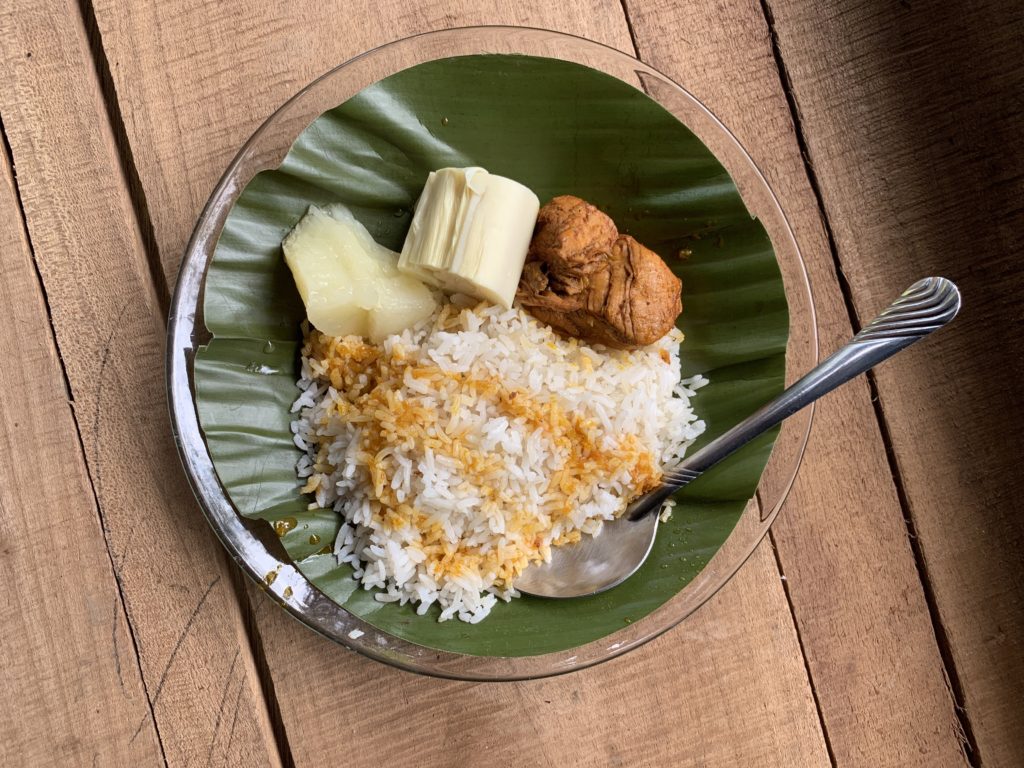
After sundown, we ate by candlelight, as there is no electricity in this community. We sat with the other visitors and chatted about the huge differences between marriage and weddings in American, Canandian, Italian, and Swedish cultures compared to the Bribri ceremonies. Bribris keep it simple, preparing food and drink in mass and basically inviting anyone within the community, while the rest of us shared horror stories of paying a small fortune simply to attend a wedding in our home countries.
No electricity means all the more darkness for the creatures to hide in
Am I afraid of bugs? No. Am I afraid of the prehistoric crustacean–bug hybrids that live deep in the undisturbed depths of rainforest? Fuck yeah I am. After living in Puerto Rico, I developed a healthy fear of deep woods critters. You think you know what a centipede looks like don’t you? Oh a tiny little creepy thing with 100 tiny legs? WRONG. That’s amateur hour. Caribbean centipedes will eat your family. They will take over your house and stare at you with their demon eyes while they laugh at the machete you are wielding because they know that chopping them in half will only make them stronger. That’s right – CHOP A ONE CENTIPEDE IN HALF AND NOW YOU’VE GOT TWO FUCKING CENTIPEDES!
The point of this terrified rant is to tell you that right as we were leaving dinner to walk back to our cabins, our hosts smiled and told us not to worry if we find that are sharing our cabins with scorpions or other creatures and to simply leave them alone. Ayngelina and I turned on our cell phone flash lights and nervously giggled/squealed all the way back to our cabin before diving into our beds and tucking the mosquito nets tightly around us.
Stop trying to get me to go on a hike
We survived the night, though I did see a massive jumping spider in the bathroom that I kindly didn’t tell Ayngelina about until much later. The next morning the other visitors had specific plans so one of the hosts started trying to recruit Ayngelina and I for a hike. He laughed heartily as we outright refused and told him we would not fall for the “it’s just a short walk” line again. We agreed to a walking tour of the community. I had told the guide about my time in Puerto Rico so he incorrectly assumed I might recognize quite a few of the plants. I informed him that I know the names of approximately 5 total plants and spent the rest of the tour shamefully responding with “I think I’ve seen it but I don’t know what it is” every time he asked me about something.
The people were incredible
Learning how to make chocolate, weave a roof, and shoot a traditional bow and arrow* was all very cool, but it was the people who made this experience so incredible.(*See my Instagram Costa Rica Highlights for video of this) They were kind and open, not to mention incredibly tolerant of two girls who wouldn’t hike and kept asking about trying traditional booze. Sidenote, we never got that booze. They just told us they often make chicha, which is a corn-based alcohol I tried once in Colombia.
I was fascinated by the balance of traditional and modern activities. The younger guides explained that almost every Bribri person leaves to attend university, but the grand majority of them come back to live in the simple community. Education is incredibly important to them and they have a well-stocked library on site as well as a variety of cultural classes to keep younger generations in touch with their heritage. The contrasts were so interesting, you’d see a kid blasting Bad Bunny on his phone (charged by solar panels) while building a bridge or a girl rapidly texting while cooking traditional foods over a fire. One of our guides, who was 21, said he spends some weekends in town with friends so he can go to bars and surf, but he ultimately preferred to get new books from the Bribri library and read late into the night.
This experience truly made the trip to Costa Rica worth it. If you ever have a chance to visit these people, work with Lokal Travel and do it. But maybe bring a light backpack and some shoes you can hike in and leave your rolly bag at home.
